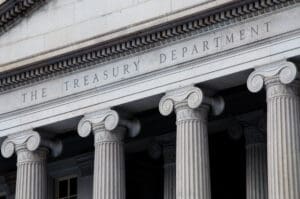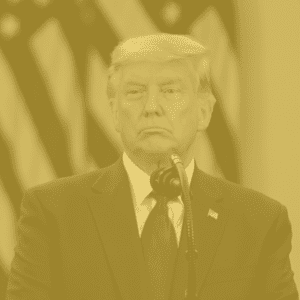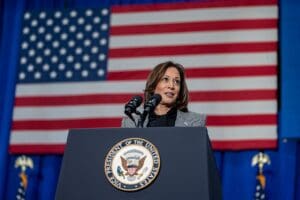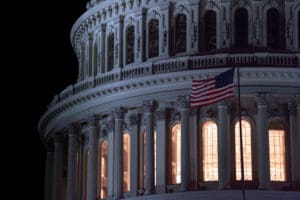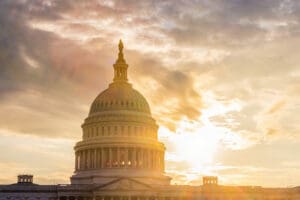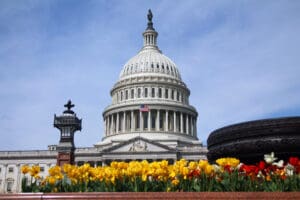Over the next decade, the US faces the largest sustained budget gaps in nearly a century. According to the IMF, the US federal government is now among the most indebted governments in the world.
Not long ago, the US was among the least indebted countries, but the 2008 financial crisis and 2020 pandemic changed that. The costs of high debt levels are upon us now, most visible in the form of high inflation, high interest rates, financial stress, and the risk of an economic downturn.
The problem is that the largest and fastest growing shares of the budget, mandatory spending like Social Security and Medicare, are difficult to reform. Without reforms, benefit cuts loom within a decade.
Our latest analysis finds that even large tax hikes won’t stabilize the debt. International experience with fiscal consolidations suggests that sustainable solutions require prioritizing spending reforms, paired with tax policies that minimize economic harm like well-structured consumption taxes or expansions to the tax base.
With the budget process in disarray and debt escalating, bold reforms are critical. A fiscal commission, as proposed in recent legislation, could drive meaningful change by addressing both spending and tax policies.




